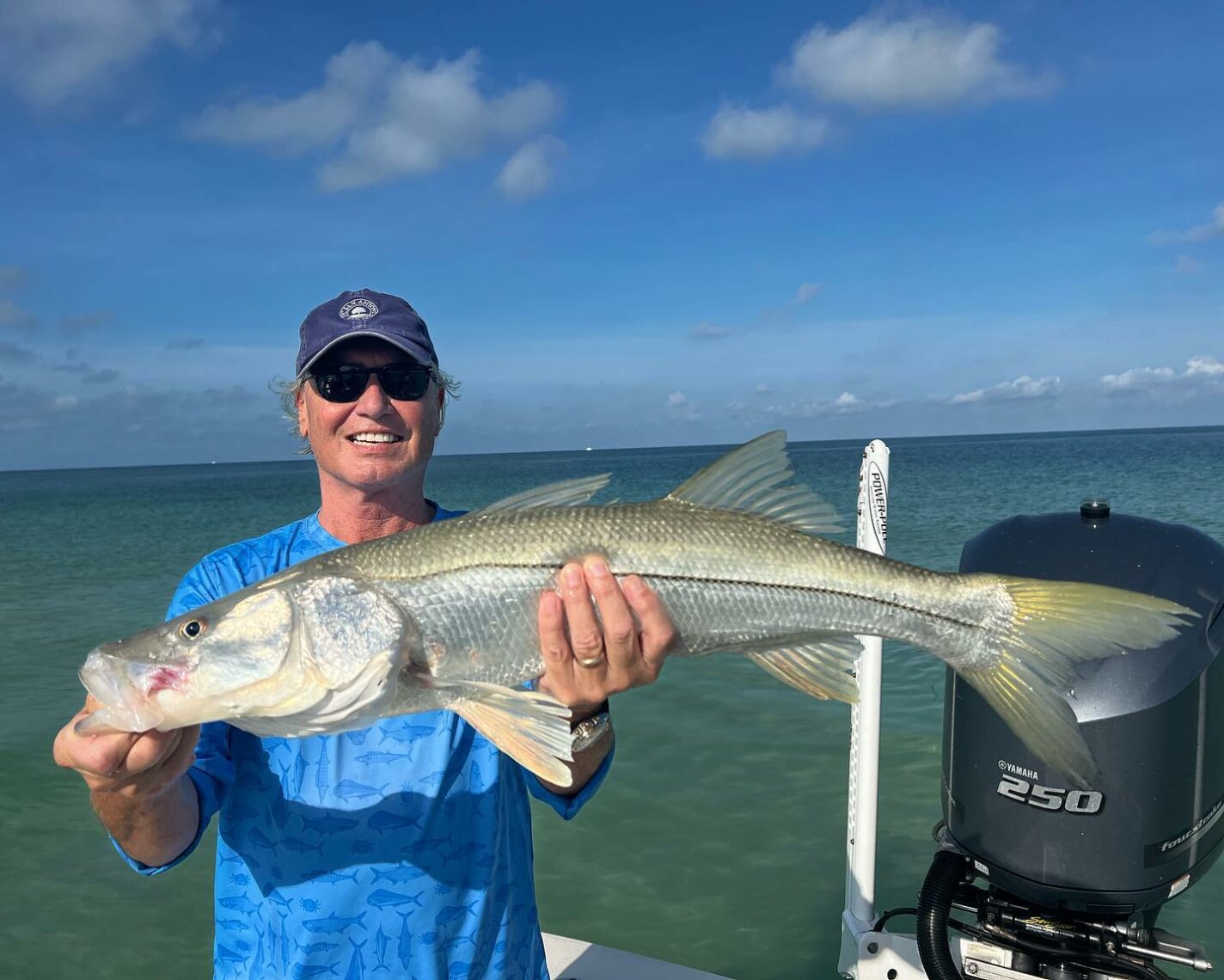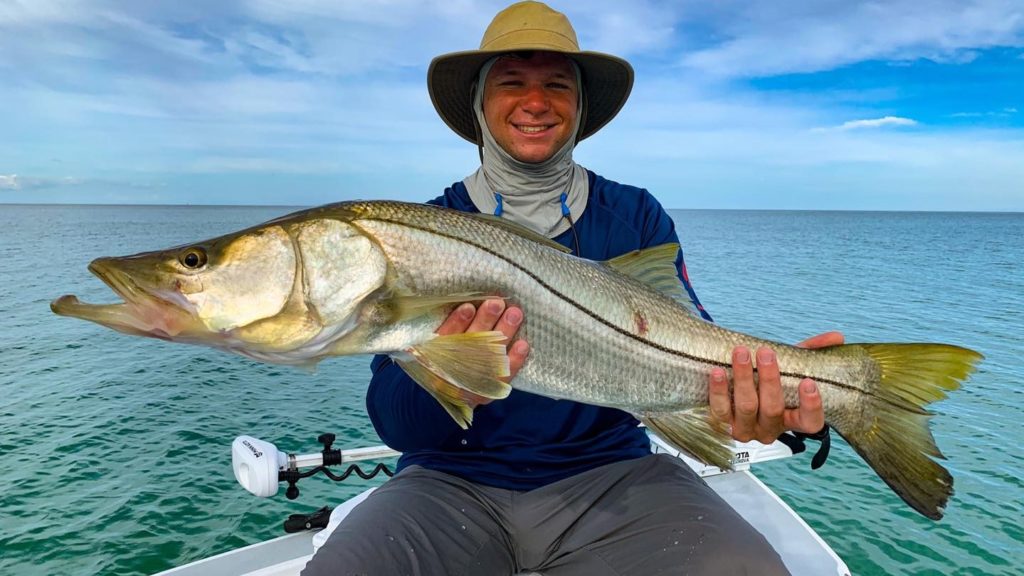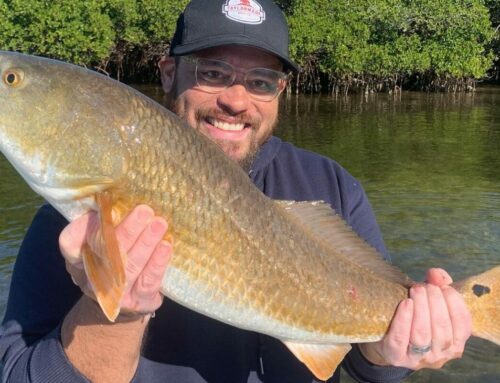Last Updated on March 13, 2025 by Writer
Understanding Summer Fishing Conditions
As summer sets in on Anna Maria Island, fishing patterns shift due to rising water temperatures, increased boat traffic, and the seasonal presence of certain species. Inshore waters warm quickly, causing fish to move into deeper pockets, shaded structures, and areas with strong tidal flow to stay comfortable. Early mornings and late evenings become the prime windows for fishing, as the midday heat often slows activity.
Summer storms also influence fishing, bringing sudden changes in barometric pressure that can trigger aggressive feeding behavior. While these storms can disrupt a day on the water, the period before they arrive is often one of the most productive times to fish. Understanding these seasonal conditions allows fishermen to adapt their approach and target species more effectively.
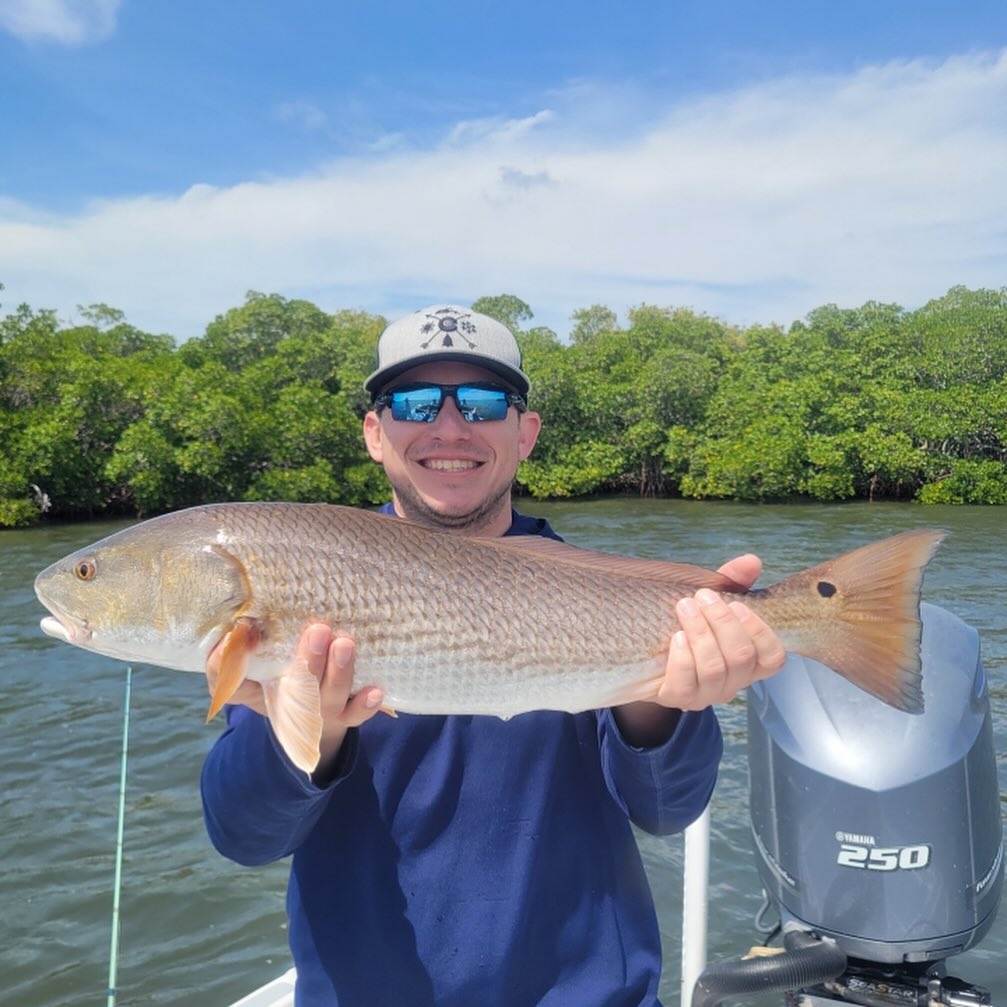
Key Inshore and Nearshore Species
Summer fishing on Anna Maria Island revolves around species that thrive in warm, shallow waters while adapting to the seasonal shifts in temperature, tide flow, and bait movement. Many fish take advantage of increased baitfish activity, positioning themselves where food is most abundant. Others adjust their habits to avoid the midday heat, feeding more aggressively during early mornings, late evenings, or in shaded or deeper areas.
Predatory fish often follow predictable patterns based on water conditions. Some species rely on ambush tactics near mangroves, docks, and grass flats, while others are more opportunistic, chasing bait in open water or along strong tidal currents. Understanding these tendencies not only improves catch rates but also helps in choosing the right fishing locations throughout the season.
Tarpon
One of the biggest highlights of summer fishing in Anna Maria Island is the tarpon migration. These powerful fish move along the beaches and passes in large numbers, creating one of the most sought-after inshore fishing opportunities of the year. Tarpon are often seen rolling on the surface in the early morning, making them an exciting target for fishermen looking for a challenge. They are most commonly found in deeper channels, passes, and near structures where baitfish are plentiful.
Snook
Snook are highly active in summer, particularly around bridges, docks, mangroves, and passes. They prefer areas with moving water, as it helps bring food to them while also keeping water temperatures more stable. Summer marks the peak of their spawning season, and they tend to congregate in high-energy areas where tides push baitfish into predictable patterns. Fishing for snook at night around dock lights is also highly effective during the summer months.
Redfish
Redfish remain a strong inshore target throughout summer. They often feed along grass flats, oyster bars, and mangrove shorelines in the early morning before retreating to deeper potholes and channels as temperatures rise. In late summer, larger schools begin to form, making for excellent sight-fishing opportunities in shallow water. Tidal movement plays a significant role in redfish activity, with many of the best bites occurring on strong outgoing tides.
Spotted Seatrout
Seatrout are commonly found in the seagrass flats of Anna Maria Island, particularly in areas with good water movement. They feed aggressively in the morning and evening, taking advantage of cooler temperatures. As the sun rises, trout retreat into deeper cuts and channels. Drifting over grass flats and working live bait or soft plastics through potholes is a productive strategy during the summer months.
Flounder
Flounder become more active in the summer as they move into shallower water to hunt along sandy bottoms, near drop-offs, and around submerged structure. They often bury themselves in the sand and ambush passing baitfish and shrimp. Targeting flounder requires a slower presentation, working baits along the bottom where these fish wait to strike. Fishing near inlets and along channel edges where water movement carries baitfish can be highly productive.

Nearshore Grouper and Snapper
While much of the focus in summer is on inshore fishing, nearshore waters provide excellent opportunities for species like gag grouper and red snapper. Shallow rock piles, ledges, and artificial reefs within a few miles of shore hold keeper-sized fish, making them accessible without needing to venture into deeper offshore waters. These fish remain highly active during summer, especially when using live bait.
Strategies for Summer Fishing Success
Fishing during the summer requires adjustments in timing, location, and approach due to the environmental changes that come with rising temperatures. Some of the most productive techniques in other seasons become less effective, while certain conditions create new opportunities for success. Whether targeting fish in the shallows, along structure, or in deeper water, adapting to their seasonal behavior makes a significant difference.
Environmental factors such as tides, wind, and even sudden storms play a role in how fish react on a daily basis. Recognizing how these elements influence feeding behavior helps in deciding when and where to fish. In some cases, simple changes—such as adjusting the presentation of bait or shifting focus to a different part of the tide cycle—can turn an otherwise slow day into a productive one.
Fishing Early and Late
The best fishing in summer happens during the cooler hours of the day. Sunrise and sunset bring peak feeding activity, especially for species like snook, trout, and redfish. Fishing from beaches and piers is particularly effective at dawn, while dock and bridge fishing at night is productive for snook.
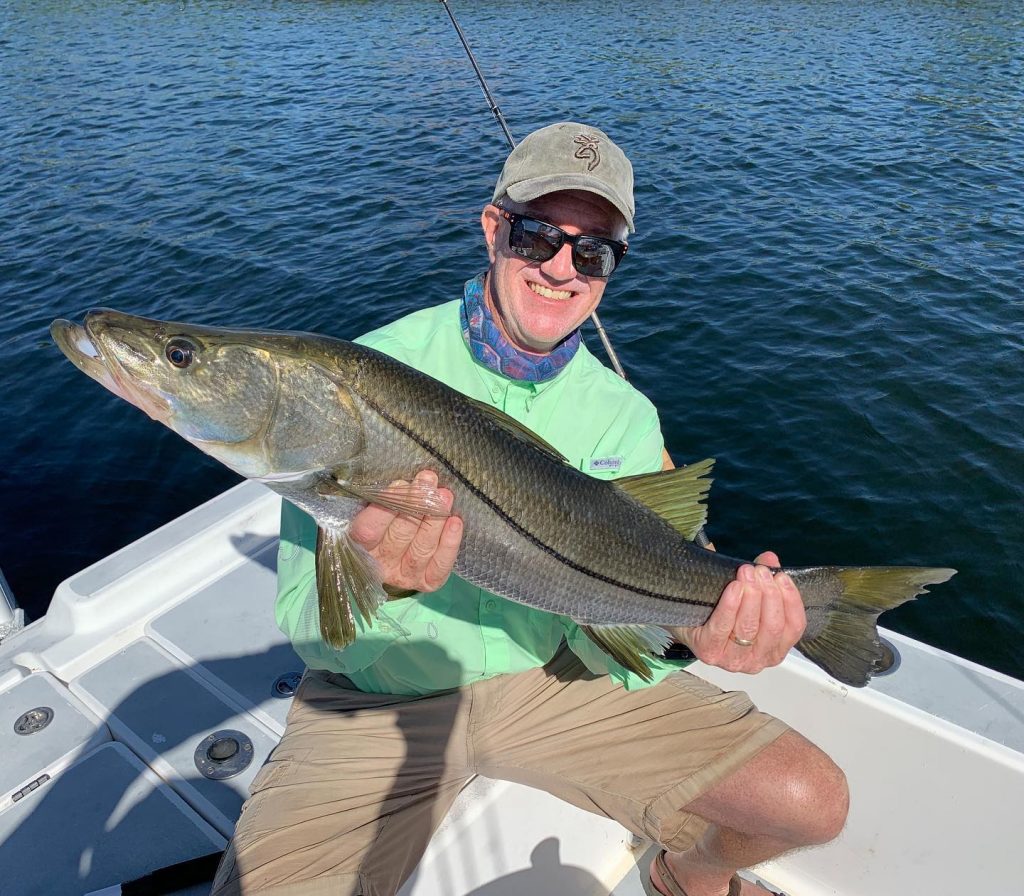
Following the Tides
Tidal movement plays a significant role in summer fishing. Strong moving tides bring oxygen-rich water and push baitfish through channels and around structures, making it easier to find feeding fish. Outgoing tides tend to concentrate bait, making predatory fish more aggressive.
Finding Deeper or Shaded Areas
As water temperatures rise throughout the day, fish move into deeper channels, shaded mangroves, or areas with strong current flow to stay comfortable. Targeting deeper grass flats, channels, and drop-offs during midday helps maintain steady action.
Taking Advantage of Weather Changes
Summer storms create short-term cooling periods, and fish often feed aggressively before a storm moves in. Watching for changing conditions and fishing ahead of approaching weather can lead to some of the best action of the day.
Best Locations to Target Fish
Fish don’t stay in one place all summer; they move based on water conditions, food availability, and changes in temperature. Knowing which locations provide consistent action allows for more efficient fishing rather than spending time covering unproductive areas. Certain spots hold fish more reliably due to structural advantages, while others only produce under specific conditions.
Some of the best fishing areas around Anna Maria Island remain productive year after year, but even these locations require an understanding of when and why fish gather there. Paying attention to seasonal patterns, water flow, and even the time of day helps maximize success when choosing where to fish.
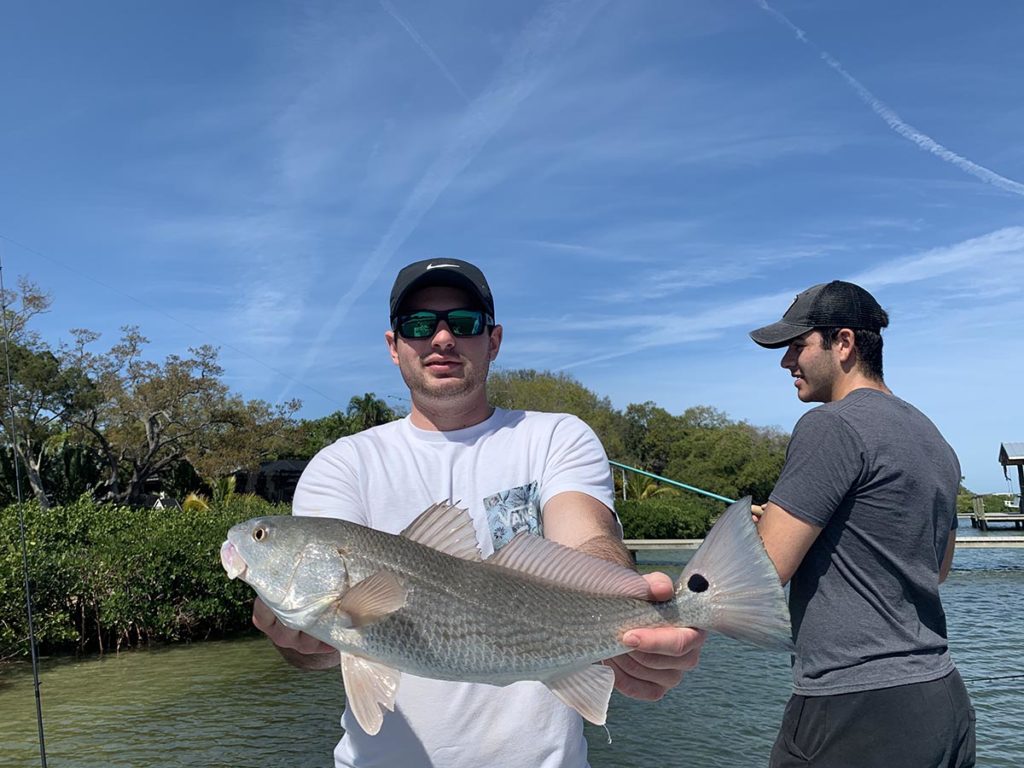
Passes and Inlets
Passes and inlets serve as natural funnels where tides bring baitfish through, attracting snook, redfish, tarpon, and flounder. Areas like Longboat Pass and Bean Point consistently hold fish throughout the summer.
Seagrass Flats
The expansive grass flats surrounding Anna Maria Island hold trout, redfish, and flounder. These areas are best fished in the morning when fish are actively feeding. Drifting and casting soft plastics or live bait over the grass beds can be highly effective.
Bridges and Piers
Structure is key in summer, and bridges and piers provide shade, ambush points, and steady water movement. Snook, tarpon, and snapper congregate around these areas, particularly when tide changes create strong current flow.
Nearshore Reefs and Rock Piles
While offshore fishing isn’t necessary for a productive summer trip, nearshore rock piles, ledges, and artificial reefs hold grouper and snapper. These areas provide structure and attract bait, making them excellent spots to fish with live bait or jigs.
Challenges of Summer Fishing
Heat and Sun Exposure
Fishing in the summer requires preparation for intense heat. Wearing proper sun protection, staying hydrated, and planning trips during the cooler parts of the day are necessary for a comfortable experience. Many fishermen prefer to start before sunrise and wrap up by midday.
Increased Boat Traffic
With summer being peak tourist season, boat traffic increases significantly around Anna Maria Island. Fishing during off-peak hours, targeting less-trafficked areas, and using quieter approaches help maintain better fishing opportunities.
Changing Water Clarity
Rain and runoff can affect water clarity, particularly in areas close to shore. Fishing in areas with good tidal movement and less freshwater influence can help maintain clear water conditions for sight-fishing.
Make the Most of Summer Fishing with Captain Nate
Dialing in the summer bite around Anna Maria Island takes experience, timing, and knowing where the fish will be before they get there. The heat, tides, and pressure changes all affect how fish move, and staying one step ahead can mean the difference between a slow day and non-stop action. Whether it’s chasing tarpon as they roll through the passes, working structure for snook, or finding redfish and trout in just the right pockets, having the right approach makes all the difference.
If you want to skip the guesswork and get straight to the best fishing Anna Maria Island has to offer, book a trip with Captain Nate. With years of experience fishing these waters, he knows exactly where to go and what it takes to put fish in the boat, no matter the season. Whether you’re after big fights, steady action, or just a solid day on the water, Captain Nate will make sure you get the best possible shot at success. Book your trip today and see firsthand why summer fishing here is worth the effort.

